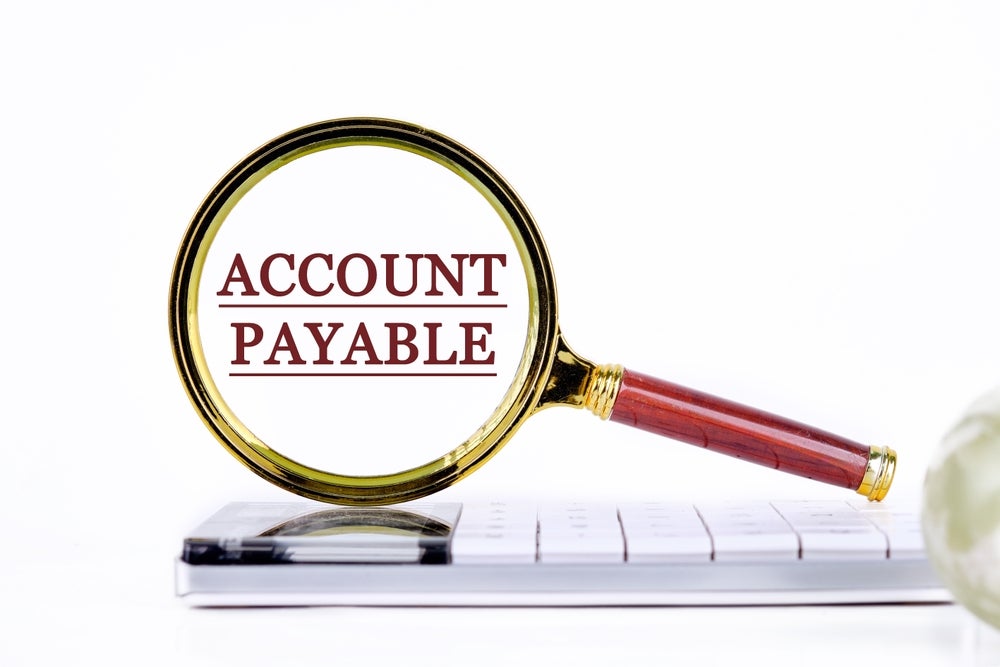As card and processing
technology develops, the potential for adding new and useful
functions to ATMs is increasing. But do people really want more
functionality from cash machines? Louise Naughton looks at the
scope for development but asks whether it might be wiser to keep
things simple.
 Automated teller
Automated teller
machines (ATMs) perform a service consumers traditionally associate
with withdrawing cash on the go. Most consumers in the UK do not
even notice, never mind use, the other functions currently
available. But could this be about to change?
The UK government, led by Prime
Minister David Cameron, released a Green Paper on ‘Giving’ in
December 2010 and delivered a call to action for banks and ATM
providers to help facilitate the option of automatic charitable
donations upon withdrawing money from ATMs.
The government’s paper, while only
at the suggestion phase, may serve to encourage ATM operators and
payment networks in the UK to enhance the functionalities available
to consumers at ATMs and allow them to become more than just a cash
service.
How well do you really know your competitors?
Access the most comprehensive Company Profiles on the market, powered by GlobalData. Save hours of research. Gain competitive edge.

Thank you!
Your download email will arrive shortly
Not ready to buy yet? Download a free sample
We are confident about the unique quality of our Company Profiles. However, we want you to make the most beneficial decision for your business, so we offer a free sample that you can download by submitting the below form
By GlobalDataThe sky’s the
limit
So what can be done? Anything it
seems. The following additional options are being considered for
widespread usage on ATMs:
- free-to-enter
competitions; - dispensing vouchers for use
at partnering outlets; - obtaining cinema
tickets; - purchasing transportation
tickets and loading prepaid cards; - applying for loans;
and - obtaining pre-approved
credit cards.
Mobile phone top-ups are already a
feature of ATMs in the UK but is not a feature that consumers seem
to have taken up. This lack of usage is something the industry can
learn from as it looks to implement other functions.
 Ron Delnevo,
Ron Delnevo,
chairman of ATM trade association ATMIA and managing director of
ATM operator Bank Machine, says he knows why mobile top-ups at ATMs
have not taken off in the UK. The reason, Delveno explains, is
simply because they were too late into the market – something he
says will not happen again.
Delnevo claims alternative
transaction types will not have to be routed through the UK’s ATM
network LINK or card schemes Visa and MasterCard, hinting a
partnership with one of those parties may slow down any realisation
of the ATM operator’s vision.
“It took a long time for mobile
top-ups to be introduced in the UK via ATMs,” he adds. “One of the
reasons was it took a long time for all the members of LINK to
agree to participate because of legacy computer systems and
ATMs.
“It is not that we do not want the
transactions to be routed through LINK, Visa or MasterCard, but we
are not going to be held up by the inability of certain
organisations if they fail to deliver.
“We do not think that the speed of
innovation should be governed by the slowest. It is not right and
if it continues, the market will be left behind.”
As more and more reports point to a
cash decline in the UK, ATMs may be forced to diversify options
available to consumers.
A bold prediction from the UK
Payments Council in April 2010 claimed cash will be “all but
redundant by 2050”.
In the report, The Way We Pay
2010, the council projected that, by 2015, cash transactions
will represent less than half of the overall transactions made in
the UK and by 2018 cash payments will have plummeted to 20%. Total
spending, however, is expected to rise by approximately 15%.
More up-to-date figures from the
Payments Council, released in December 2010, show debit card usage
reached a milestone in overtaking cash for the first time during
2010’s August public holiday.
Total spend on debit cards stood at
£272bn ($435bn), which grew 11% year-on-year. This is compared to
£269bn spent using cash.
Cash is still
king
 ATMIA were quick to
ATMIA were quick to
rubbish these figures, claiming the Payments Council used
“unscientific cash rhetoric” and underestimated cash usage.
Delnevo strongly believes the
message of a ‘cashless society’ is transmitted by those who have
something to gain from the realisation of such an event, namely
card issuers and schemes. However, the same could be said about his
view of a cash increase.
“Bank Machine’s figures are very
different from the average figures that are put about in the
marketplace,” says Delnevo.
“Our numbers are substantially up
and we have seen double-digit growth over the last two years. We
are seeing our machines being used a lot more, which seems to
contradict other commentators that say cash is declining.”
When asked whether ATMs are
becoming increasingly required to place more emphasis on other
types of payment transactions as the ‘cashless society’ looms ever
closer, Delnevo was emphatic in his answer.
“We are not talking about
alternative functions [on ATMs] as a reaction to decline and
depression; we are talking about the potential to develop our
already successful communication and business channel,” he
said.
“Why should we be depressed? Cash
has got 90% of the world market. I would be more depressed if I was
a card issuer.”
Fighting fraud
ATMs are susceptible to fraud, as
are all payment methods and financial services products available
on the market, with attacks often occurring in a more violent way
as criminals seek to obtain card data and cash directly from an
individual.
An increased number of functions
will serve to keep consumers visiting an ATM in front of them
longer, and potentially impacting convenience and enhancing the
risk of fraud attacks. If consumers view the enhanced functionality
in this negative way, it may deter people from accessing any ATM
service. Yet this appears not to be an issue worrying the ATM
industry.
Delnevo says the number of violent
attacks on people at ATMs is “tiny” and there is too much
“scaremongering” going on surrounding ATM cash withdrawal.
Maybe he is right. The European ATM
Security Team’s latest figures from 2009, released in April 2010,
showed annual losses in Europe due to card skimming had fallen for
the first time since it began reporting in 2004. The losses are
down from €484m in 2008 to €310m in 2009.
Physical attacks on European ATMs
had also fallen by two%, with 2,468 incidents reported. But the
fear of such attacks will always remain high, even if the figures
suggest otherwise.
Graham Mott, head of development at
the UK’s ATM network LINK, says that, as alternative functions on
ATMs grow, the industry will start to see the service being used in
two ways, which are dependent on the location of the ATM.
Machines that are positioned in a
petrol garage forecourt or railway stations will lend themselves to
‘cash and dash’ transactions as a consumer is always conscious of
time. Mott claims consumers are much more likely to carry out
alternative functions “when they are in an environment in which
they don’t feel rushed”.
“As we currently see, people often
counteract an increased feeling of vulnerability by making a
specific journey to an ATM in a bank branch,” Mott says.
“We foresee that consumer behaviour
continuing as additional functions become added to ATMs.”

Making the
change
Implementing alternative functions
on ATMs may not be the straightforward process that some banks and
ATM operators believe.
Ian Kerr, CEO of ATM testing
software provider Level Four, warns not to underestimate how
difficult the task ahead could be.
“Implementing anything new into the
ATM environment can be potentially disruptive unless you have got
the right structure in place in terms of your software development
and testing processes,” says Kerr.
“Even though David Cameron thinks
banks can just click their fingers and get it done, there is
actually more to it than meets the eye.”
Kerr claims those banks that invest
in their testing processes will find adding additional functions to
their ATMs comparatively easy. But those that do not, and rely on
manual testing processes, will run the risk of alienating their
customers.
With the squeeze on credit making
the relationship between banks and their customers increasingly
fraught, trust remains key to retaining and developing customer
relationships.
Keep it simple
As Kerr claims, there is nothing
worse than seeing an ‘out-of-service’ screen on an ATM.
Surveys undertaken by Level Four
show just how important the ATM service is to customers. Some 38%
of respondents in the UK, France and US say that if they were to
repeatedly see an ‘out-of-service’ screen on an ATM, they would
seriously consider transferring to another bank.
Furthermore, according to Kerr, for
every failed customer transaction through an ATM network, it takes
seven positive transactions to rebuild that trust with a bank.
“You do not want to be slowing down
the customer transaction experience at an ATM during a lunch hour
on a busy high street with an offer of a loan, mortgage or a credit
card,” says Kerr.
His solution is to lock alternative
functions off an ATM at peak times during the day and at peak
shopping times throughout the year. He argues this convenience
factor must be kept into mind throughout the design process of the
entire service.
It is important to spend sufficient
time on researching whether the implementation of additional
functions on ATMs is something that is desired by the consumers
themselves. Delnevo of Bank Machine plans to start pilots of
alternative options on ATMs in the near future and this does seem
premature.
His enthusiasm and passion for the
ATM industry is applaudable but this may be clouding his judgement
when pushing the ATM service forward and further out of its comfort
zone.
The ATM is a quick, convenient and
reliable, and is the thing that keeps cash going. Adding more extra
functions to them might well be counter-productive, as that
reliability could be sacrificed in favour of services that
consumers do not really need.
And pushing people away from ATMs is a sure-fire way to realise
a ‘cashless’ society quicker than anticipated.







